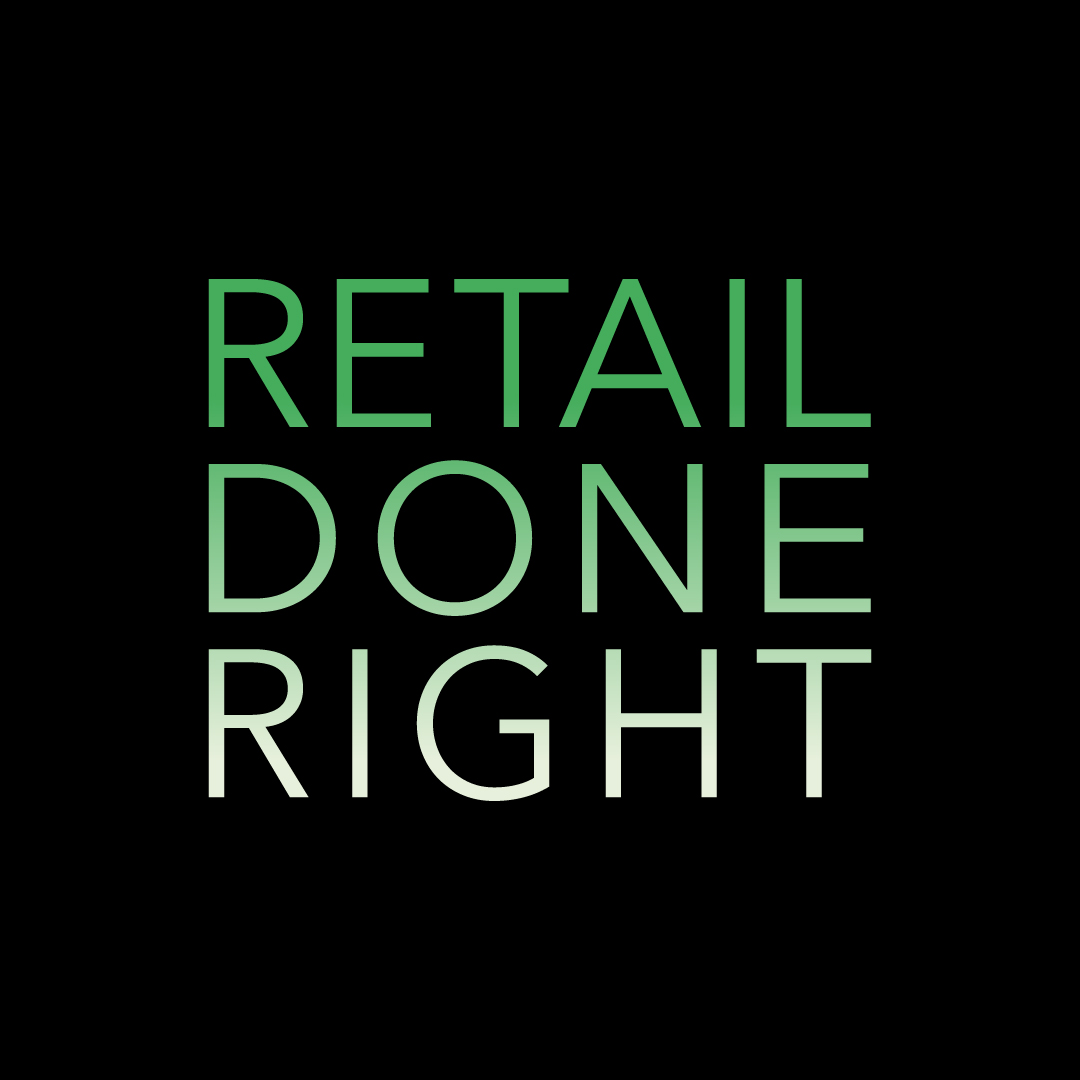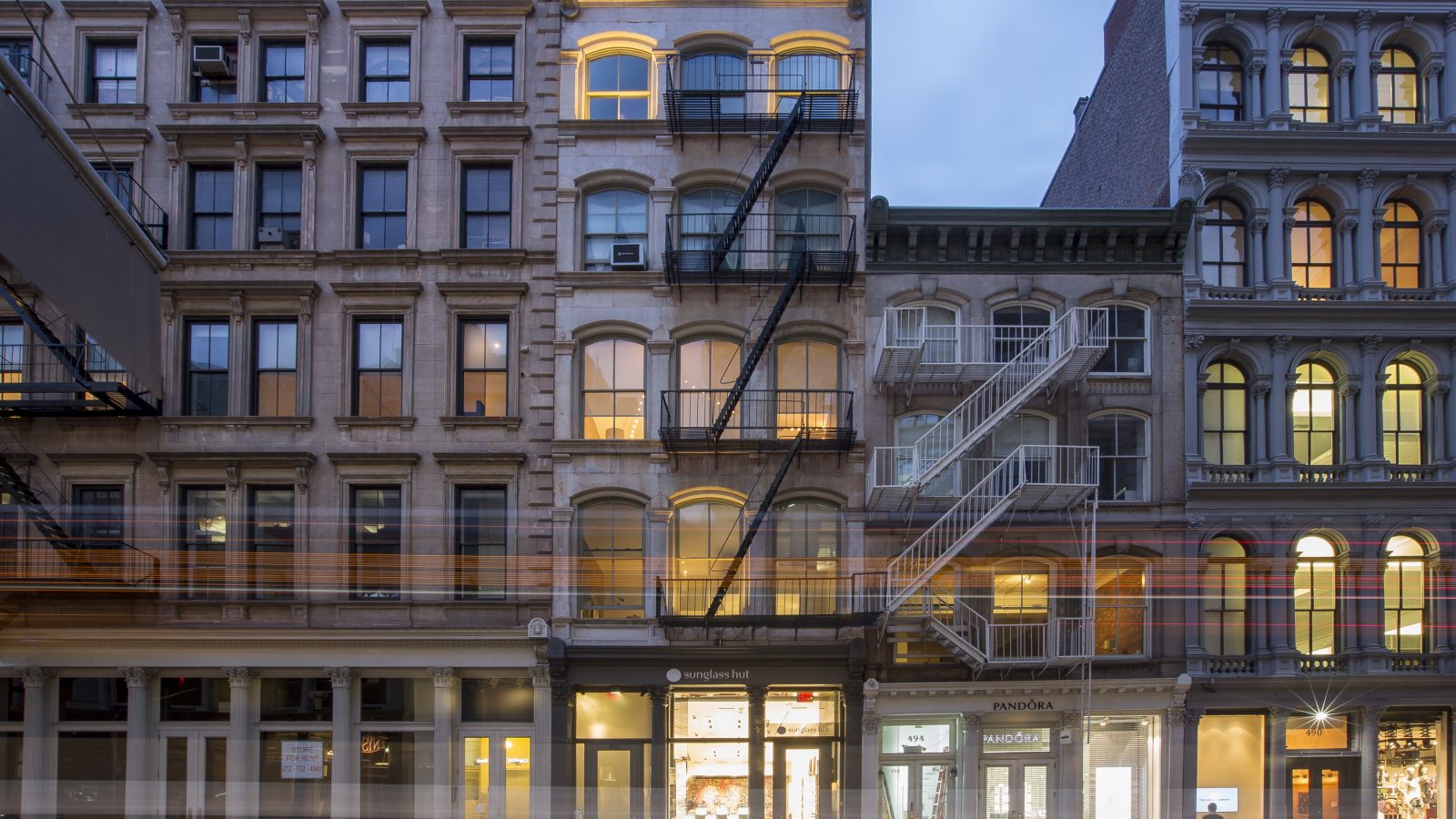Show Notes |S4 Ep2
New Supplies, New Demands
Supply and distribution remain weak links in Retail. It’s time to fix it.
INTRODUCTION
The second episode of our mini-series is titled, New Supplies, New Demands.
This is another trend we saw come up through the WARDLEY maps. Supply chains came to the breaking point during the pandemic but they were stressed beforehand. As complexity increased – distance, currencies, intermediaries – new ways of working, rapid changes in communications modes. The systems designed to run “lights out” were completely opaque which made understanding, and then changing them very difficult. And it impacted everyone buying and selling goods in some fashion.
INDUSTRY UPDATES | Our New Segment
This is our new segment for Season 4. We highlight and discuss recent retail-related news.
- CNBC reports that Macy’s has received an unsolicited buyout offer of $5.8B from two PE firms
- $21 a share, a premium over the price at close at the time of the offer of $17. They are now up and in the $19/share range.
- Is this a good idea? For the PE, it’s a real estate play. Clearly, that’s where the value is. I’m immediately concerned that Macy’s will be gutted, as often happens when PE firms buy. There isn’t a strong track record here… just look at Neiman Marcus, Toy’s R Us, Saks Fifth Ave, JC Penney and others – all with very mixed results, none with stellar results.
- Oh, and Macy’s Q3 performance reported a slump in sales, declining 7% year over year.
- https://www.cnbc.com/2023/12/11/macys-receives-5point8-billion-buyout-offer-sources-say.html
- Inflation is now hovering at 3.1%. Gas prices are down. And the stock market ended last week at record highs. Will this help the final week of Holiday shopping?
- Timing is good, with Super Saturday occurring just 2 days before Christmas. The NRF estimages big numbers of shoppers this coming Saturday – 142M! With a majority of people saying they will shop in-store and online – though by Saturday, timing will be super tough for retailers to fulfill on time, unless its BOPIS or same day delivery…
- https://nrf.com/media-center/press-releases/nrf-survey-142-million-shoppers-expected-super-saturday
- To follow up on the luxury market we mentioned in our last episode, Yahoo Finance is reporting that prices are falling in the Swiss Watch industry. Especially the used market, which says a lot. Subdial, a watch industry data provider, reported that its Bloomberg Subdial Watch Index fell again for the month of November, down 3% from the prior month and 10% from a year ago to £26,912, or $33,740 — a new two-year low.
- McDonalds is launching a new concept, CosMc
- There’s been a lot of speculation here. It’s a smaller format, beverage-led concept. This makes sense to me. Look at how Starbucks has shifted to drive-thrus, the growth of Dutch Bros, the continued success of Dunkin…
- https://vmsd.com/mcdonalds-takes-wraps-off-cosmcs/?oly_enc_id=0684C7250356I4U
- McDonalds also recently announced a significant expansion – the largest in their history… 10,000 new locations by 2027!
- Their strategy is called, “accelerating the arches.” They currently have about 40,000 locations worldwide. This is their most aggressive growth plan in their history.
- https://vmsd.com/mcdonalds-adding-10000-restaurants-by-2027/
- Uniqlo has announced an expansion in North America. 20 new stores in the US and Canada in 2024.
- Though this was reported a few weeks ago, it’s been reported that Shein has confidentiality filed to go public in the US. The WSJ reported a valuation of $66B!
- We quickly referenced this in our last episode, but their differentiators are speed and price. They are connecting you, the consumer, to a vast network of suppliers, manufacturers who ship direct to you.
- Their supply chain practices have come under significant pressure as well.
- https://www.wsj.com/business/fast-fashion-giant-shein-files-to-go-public-30a97410?mod=business_lead_story
- As reported by The Verge, TEMU just filed another lawsuit against Shein alleging “mafia style” intimidation tactics on merchants…
THE CONVERSATION
Why does your supply suffer so much?
- One up, one down mentality
- Lack of shared understanding
- Not built for current or future generations
We discuss the opacity of supply chains. The way to think of this is that I know who I bought it from. And I know – for the most part – who I’m selling it to. I might know a bit more than that. In companies that are focused on sustainability, or operating in Geo’s where regulations and compliance require, scope2 and 3 it will be required.
And retailers – who could contribute data to a shared data source allowing them to create shared understanding – won’t. So, it’s like we can fix this but we won’t because I think someone will learn something about our vendors and the like. But more on that as we go.
We discussed why it took one year to adequately document the supply chain of an egg.
We also discuss a recent statement by Jon Moeller, Chairman, President and CEO of P&G during an investor day. And, I quote, “We’re calling this Supply 3.0, the next generation of supply chain, an end-to-end synchronized, sustainable and resilient supply chain amplified by data analytics, and enabled by an organization at the leading edge of transformation, mastery and leadership.”
We discussed some new thinking. These include:
- Slow fashion
- The Unbrand
- Rise of the artisan class
- Zero distance supply chain
Slow Fashion
This is MTO, made to order. Examples include:
MTO allows less waste, better fits and ability to update/offer more options and overall greater control. And that leads to the following desirable outcomes:
- Better forecasting (there’s still forecasting, but from a materials perspective…)
- Fewer overstocks
- Improved materials management
The Unbrand
We highlight:
For the Unbranded, hallmarks are:
- Short runs (it may sell out and there is only one source of supply)
- Line fillers (manufacturing for the top brands with high quality materials, so the factory can spread its fixed overhead costs)
- Membership models that even out revenue streams and provide bottom line enhancement
And this means you are:
- Direct to customer – you can’t depend on retail placement. Popups and other innovations might be helpful but traditional pipelines are designed for scale – and this is smaller scale.
- Focused on Process control and not packaging.
- You need a heavy curation – you’re not going to have 16 colors. You might have 4
- But you Focus on ingredients – from fabrics to chemicals
The Rise Of The Artisan Class
Cristene’s Hero from last episode, Etsy, is called out here. Along with:
This is a bit of the flip of the unbranded. You’re engaging with these brands because they’ve created personalities and communities that deliver rich experiences. This is built on media, albeit social media, excitement.
Zero Distance Supply Chain
We reference:
The less distance something has to travel, it often means an item has less of an environmental footprint. So, it’s not just:
- Local cachet
- It’s also Community engagement.
- So while this offers abbreviated transport, it requires greater coordination – sometimes significantly more for replenishment needs
- Consistency challenges
Desirable outcomes include:
- Small business and community benefit
- Potential tax benefits
- Consumer support
- Shorter runs, more turns (or so they say)
CONCLUSION
Let’s wrap this up.
- Traceability for the complete supply chain is the goal.
- Continuously collaborating with your suppliers is key
- Innovate, pilot and evaluate. Repeat
- Going local changes cost, mix and availability metrics. Creating flexibility in the system is critical for success.
- Wedding yourself to your market means acting like a partner; different benefits mean new ways of marketing
- And, to conclude, customer education seems hard – all outreach is. But, it’s needed to take pressure off front line employees who may bear the brunt of customers while adjusting.
HEROES & CHANGE MAKERS
Jeff’s selection is The Customer. The customer that is driving the economy of the United States, that is shopping, being inspired. It’s not necessarily always about simply buying, it’s about what you buy. The reason why you buy, for whom, how your buying and shopping…. I think this is why we talk about the Customer Channel on a daily basis – because it always comes back to them.
Cristene selected ReturnBar. They now have 10,000 locations, covering over 90% of the US population. When you can go – box-free – to a location and drop off goods to return, this online-IRL blending speaks to what this podcast is about. No channels, except the Customer Channel.
This is RETAIL DONE RIGHT. Thank you for listening. And please join our conversation.
- Michael Cooke via Upwork is our brilliant sound engineer and editor – and Jade Siriswad composed our theme music.
- Please subscribe on Apple Podcasts, Spotify, or your favorite podcast platform.
- Please follow us on Instagram at retail done right and at our website https://retaildoneright.net
Let’s go shopping!
Jeff Fisher & Cristene Gonzalez-Wertz
Connect with Jeff on LinkedIn
Connect with Cristene on LinkedIn
RETAIL DONE RIGHT is produced and hosted by Jeff Fisher & Cristene Gonzalez-Wertz

